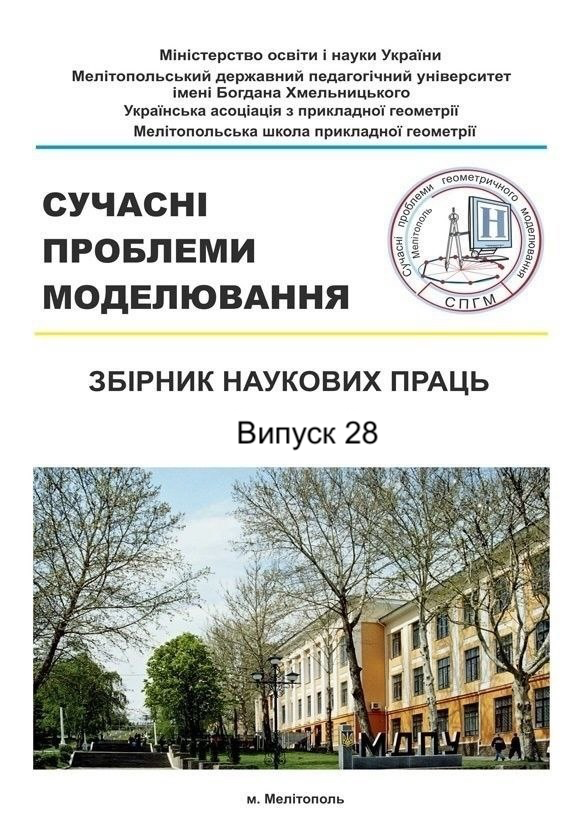DETERMINING THE MASS OF A SEMI-INFINITE STRING
Abstract
A semi-infinite (singular) string with an unknown density distribution is considered. The mass of the string is also considered to be unknown and possibly infinite. The left end of the string, which can slide according to the known law f(t) in the direction perpendicular to its equilibrium state, generates a propagating wave. The interaction of this wave with the left end over a time of 2T produces a response R(f), which is measured.
As is known, the information f → R(f) (input – output) is sufficient to solve the inverse problem: find the density of the string at each point of the interval (0; x(T)) captured by the waves before the time T.
One of the effective methods for solving this problem is the BC method (Boundary Control method, M. Belishev, 1986), which is an approach to inverse problems based on their connection with the theory of boundary control. The ВС method uses waves that propagate inward, scatter on the inhomogeneities of the string and bring information to the boundary.
The ВС method allows one to find the parameters of the string in an optimal way in time based on the known response at the boundary: the reconstruction depth is proportional to the observation time at the boundary. This property is most relevant in geophysical studies, since it allows one to reconstruct the parameters of the medium in real time. Let us assume that an external observer has the ability to make measurements only at the boundary (left end) of the string. The question arises: what information about the qualitative nature of the string spectrum can he extract from these measurements?
As is known, the finiteness of the total mass of an string is a necessary condition for the discreteness of its spectrum [2], [3]. Therefore, the finiteness or infinity of the string mass is important information for the qualitative analysis of the string spectrum.
In this paper, in terms of the inverse problem data on the semiaxis (based on the known response operators R(f) for all T), a formula for the total mass of an inhomogeneous string with an unknown density distribution is obtained. The obtained formula makes it possible to effectively test the necessary condition for discreteness of the spectrum of a singular string.
Keywords: hyperbolic equations, singular boundary value problem, inverse problem, semi-infinite string, boundary control method, responsе operator.




